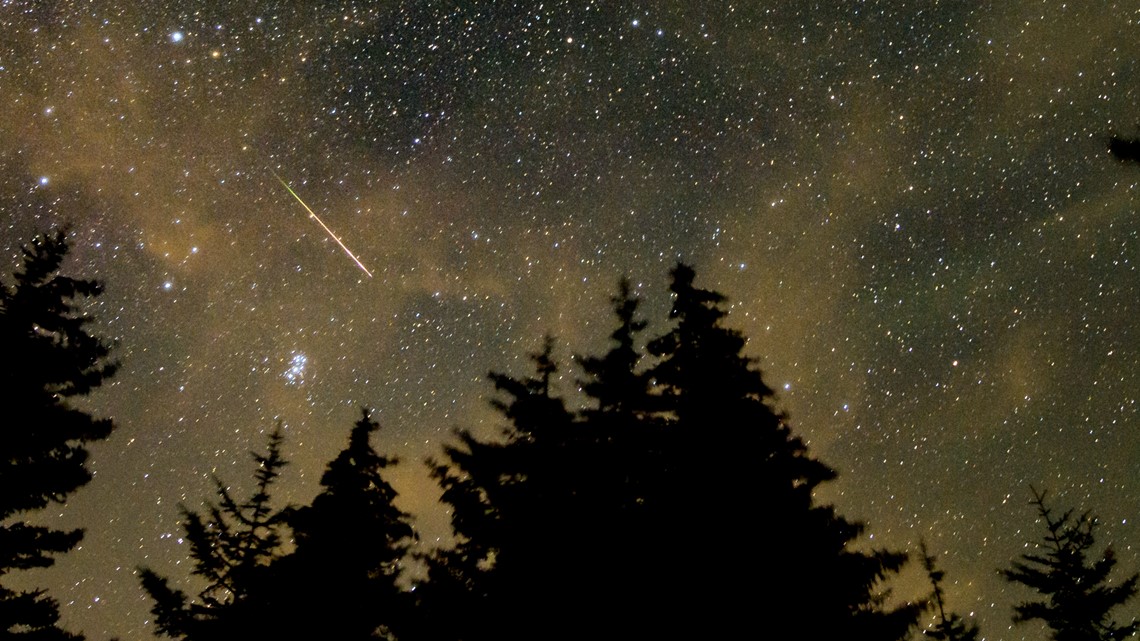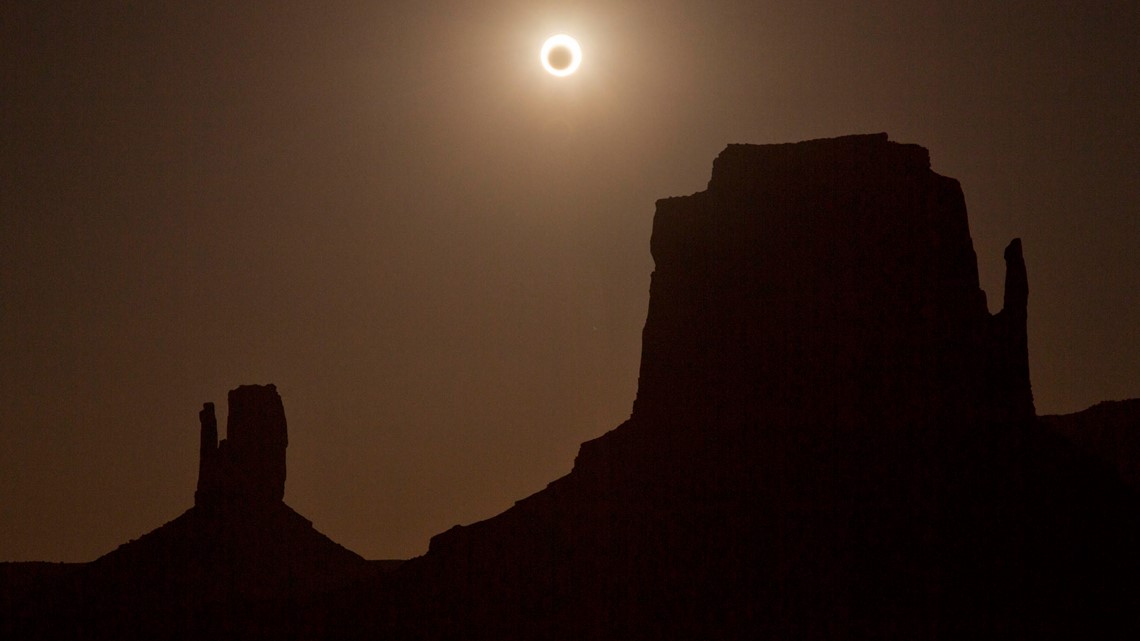It's almost 2023! The new year will bring plenty of spectacular skywatching opportunities, like meteor showers, supermoons and — for some areas of the U.S. — even an annular solar eclipse.
If you're only planning to skywatch a few times, keep an eye out for big meteor showers that won't have too much moonlight washing out faint streaks. The peak dates for two of the most popular showers, the Perseids and Geminids, will be almost moonlight-free in 2023!
Here are some big celestial shows to know about in 2023.
January
Quadrantids meteor shower
The first meteor shower of 2022 is the Quadrantids, which EarthSky says will peak between Tuesday, Jan. 3 and Wednesday, Jan. 4. While NASA says this meteor shower can produce up to 80 meteors per hour at its peak, there's a big problem: A nearly-full moon will make meteors hard to spot. The Quadrantids also have a famously short peak, only lasting a few hours.
April
Lyrids meteor shower
The Lyrids deliver a show of fast, bright meteors right around Earth Day each year, and NASA says they've been observed for more than 2,700 years.
This shower delivers about 18 meteors per hour at its peak, though it's known to have surprised watchers with up to 100.
While the Lyrids meteor shower isn't as plentiful as the jaw-dropping Perseids in August, it has its own special qualities. Lyrid meteors are known for their spectacular glowing "trains" of dust, which can last several seconds.
EarthSky says the Lyrids will peak from April 21 to April 23, 2023.
August
Perseid meteor shower
The Perseid meteor shower is often considered the best meteor shower of the year — it brings a peak of 50 to 100 meteors per hour, and it's known for occasional extra-bright "fireballs." Plus, the warm weather makes for a pleasant viewing experience.
There's a big bonus in 2023 that stargazers didn't have in 2022: No moonlight! Sky and Telescope says the Perseids will peak around Aug. 12, 2023, when the moon will be close to new.


A 'supermoon'
It's a pretty cool name, right? Supermoons happen when the full moon coincides with the moon's closest approach to Earth. It's not an astrological term, but these full moons are always a popular time to look up into the night sky.
NASA says supermoons can appear up to 17 percent bigger and 30 percent brighter than the furthest and faintest moon of the year.
"Even though 17 percent doesn’t make a big difference in detectable size, a full supermoon is a bit brighter than other moons throughout the year," NASA explains.
Supermoons happen three to four times a year, always consecutively. EarthSky says the closest and brightest supermoon of the year is on Aug. 31, 2023, with full moons in July and September also fitting the bill.
October
Annular solar eclipse
This type of solar eclipse happens when the moon is centered in front of the sun, covering all but a circle of fiery light. NASA says on Oct. 14, 2023, an annular eclipse will begin in the western U.S., traveling from the coast of Oregon to the Texas Gulf Coast before heading south.
Weather permitting, it'll be visible over Oregon, Nevada, Utah, New Mexico, and Texas, as well as some parts of California, Idaho, Colorado, and Arizona. More information, including maps of the eclipse's path, is available on NASA's website. According to the space agency, all 48 contiguous U.S. states will at least see a partial eclipse.
Many of us outside the path still have something big to look forward to in April 2024: A total solar eclipse, crossing from Texas to Maine.


Orionids meteor shower
According to Sky and Telescope, the Orionids will peak early in the morning on Oct. 22, 2023, bringing watchers 10 to 20 meteors per hour. This shower is known for fast meteors, which leave glowing trains lasting several seconds or longer.
"Fast meteors can also sometimes become fireballs: Look for prolonged explosions of light when viewing the Orionid meteor shower," NASA explains.
November
Leonids
According to EarthSky, the Leonids will peak in the early morning hours of Nov. 18, 2023. The moon will be less than a quarter full, making it unlikely to steal the show.
NASA says the Leonids produce a peak of about 15 bright, fast and colorful meteors per hour. The shower is known for fireballs and "Earth-grazer meteors," which streak close to the horizon and have long, colorful tails. And very occasionally, watchers get an incredible show.
"Every 33 years, or so, viewers on Earth may experience a Leonid storm that can peak with hundreds to thousands of meteors seen per hour depending on the location of the observer," NASA's website explains. The last time this happened was about 20 years ago, in 2002.
December
Geminids
Good news for another popular shower — there'll be a fairly dim crescent moon when the Geminids peak on Dec. 13 and Dec. 14, 2023. Sky and Telescope says this is considered one of the "best and most reliable" meteor showers of the year, bringing us more than 100 meteors per hour.
One problem: December is a pretty chilly month to stay out for hours meteor-watching. Nevertheless, many skywatchers brave the temperatures for the shower's bright, fast meteors, which NASA says tend to have a yellow hue.
Bonus: This shower is a good one for younger watchers who don't want to stay up late, since its broad 24-hour peak means its meteors are visible early in the night.



